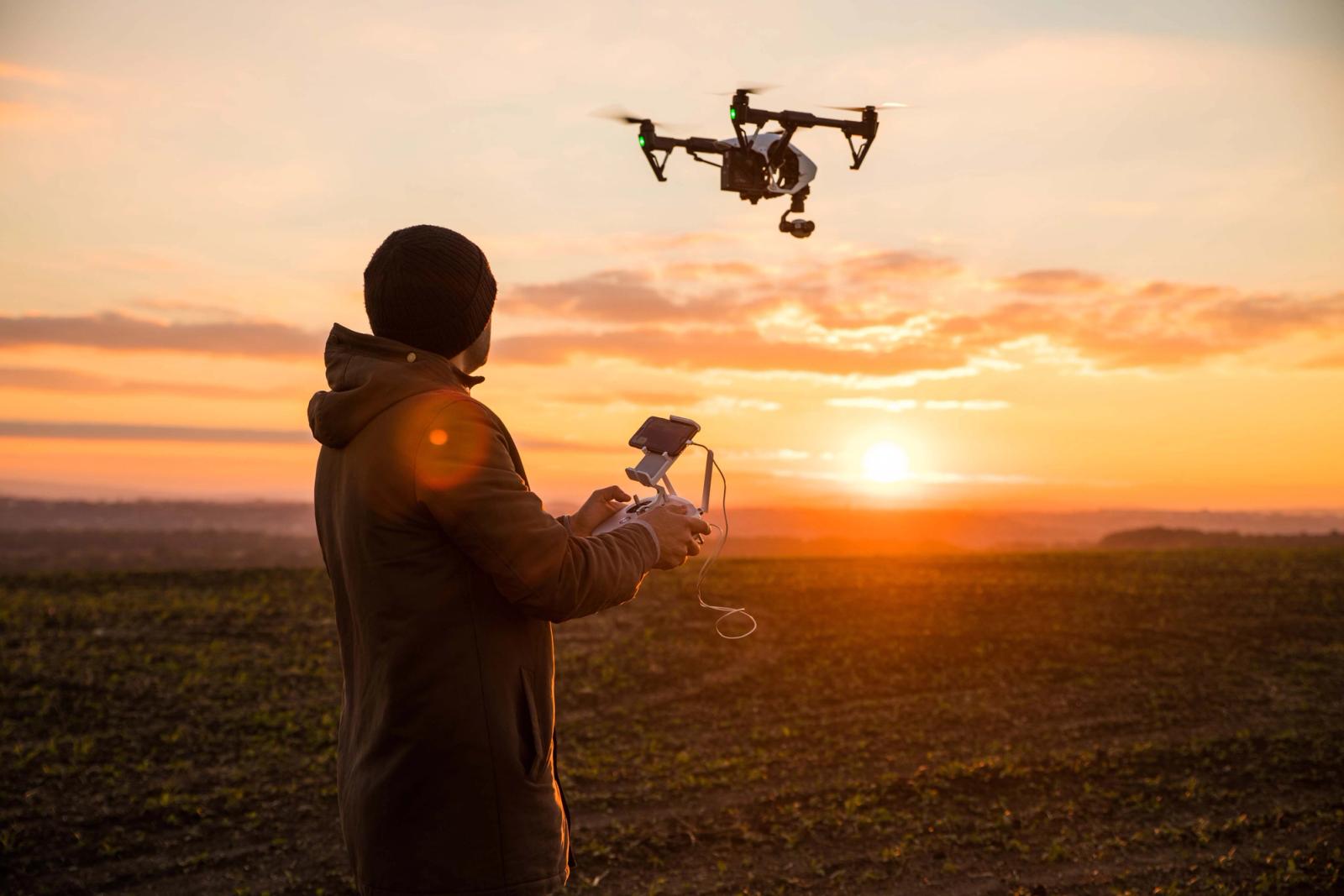Satellite vs cellular: Which is best for IoT deployments?

There are key differences between satellite and cellular connectivity for IoT. Here's what you need to know.
When it comes to IoT, innovations in things like smart agriculture and asset tracking are only as good as their connectivity. Cellular provides tried and true connectivity, but in recent years, satellite IoT has been making headlines as an emerging option for connectivity. So, how does satellite IoT work? How does it compare to cellular IoT? And, is it even ready for deployments yet?
The basics of IoT connectivity
To fully understand the critical differences between satellite and cellular, it can be helpful to go back to the basics of cellular IoT connectivity.
Connectivity transmits over radio frequency. By the laws of physics, only one “thing” can transmit on a frequency (or a channel) at a time. Sometimes modern antenna technologies can squeeze a little more capacity out of a channel, but physics ultimately wins. The distance to the cell tower or satellite and the number of connected devices leveraging the same frequency will impact the latency and throughput.
Satellite IoT connectivity
Satellites orbit the earth above the atmosphere. This means that satellites have the potential to connect devices across the entire globe, filling gaps where cellular connectivity doesn’t exist. However, satellites are much farther away from a device looking to connect and require enough range to go through the atmosphere, which increases latency and power density requirements. For devices leveraging satellite technology, they must have a clear view of the sky.
In recent years, there have been advancements in satellite technology, including lower orbits to the earth’s surface. Yet, there is still a minimum altitude for a satellite to be able to orbit the earth. The lower orbits mean that a satellite can add more devices on a frequency since their visible line of sight radius is smaller with a lower orbit. However, those devices would take more time to transmit data and have higher latency due to the distance to the signal.
Cellular IoT connectivity
Cellular technology has become more affordable for connectivity, powering mobile phones and IoT devices. Lower power towers can be developed in both rural and urban areas, supporting a wide range of frequencies. It’s also possible to fine tune how much range a tower has, making it possible to add more towers to support different frequencies, and in turn, more devices at a lower cost. Cellular towers can also make use of advanced antenna phase optimizations due to their fixed orientation (i.e. they are not spinning in the sky).
IoT devices that use cellular connectivity achieve greater performance than satellite. Additionally, devices are closer to cellular towers, making it possible to achieve lower latency than satellite connectivity. The modems and hardware needed to enable cellular connectivity are also much more accessible and affordable, bringing down the overall cost of connecting a device.
IoT use cases
Today’s IoT devices are becoming more sophisticated, requiring higher throughput and lower latency. This includes streaming video for connected healthcare or autonomous drones. So while satellites can connect devices in remote locations — think of cargo in an ocean or a person facing an emergency in the wilderness — there are very few use cases where cellular connectivity isn’t a reliable and much more cost-effective option.
Satellite + Cellular?
One might also ask if you can use cellular and satellite to enable further redundancy. The short answer is yes. This would require hardware that supports both cellular and satellite, which traditionally required separate modems for each. The new 3GPP Release-17 & 18-compatible modems that would enable both satellite and cellular using the same IoT module are still in development. Not only does this hardware still need to be integrated and certified with existing cellular infrastructure, but it’s significantly more expensive than traditional cellular-only modules.
Count on reliable connectivity
While we continue to explore the developments of satellite technology and the future of connectivity, what’s possible from satellite solutions today won’t support the growing needs for connected devices. IoT innovators looking to build and deploy a solution should seek out a connectivity that fits their deployment timeline, delivers the ideal performance, and gets them closer to ROI. Learn more about how Hologram’s cellular IoT connectivity can help your team do just that.